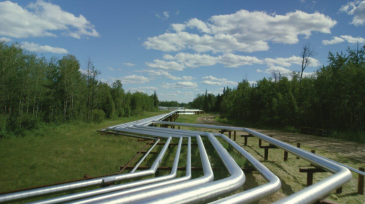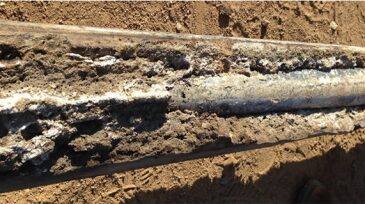bitumen
-
New research reveals waste water injected underground by fossil fuel operators caused a magnitude 5.6 earthquake in November 2022 in the Peace River area of Alberta’s oil sands region.
-
The complete paper aims to identify the role of different geological settings with different types of fluid saturations in the response of EM-wave propagation and absorption.
-
Oil sands producers predicted they could reduce production by 300,000 B/D by turning down steam injection. This will test methods to reduce, rather than stop, injection to avoid the damage caused by rapid cooling in some wells.
-
When oil demand vaporized, oil sands producers cut 300,000 B/D of production from wells using steam injection to produce bitumen. It is a huge test of something they have long been reluctant to do—turn down in-situ production when prices plunge.
-
Suncor gets Canadian approval for Meadow Creek West.
-
A horizontal-steam-injection pilot project has been under way for the last 4 years in the Kern River heavy-oil field in the southern San Joaquin Valley of California.
-
Researchers at the University of Calgary have developed a solid pellet that can transport bitumen and heavy oil by railcar instead of pipelines.
-
The addition of a hydrocarbon condensate to steam operations in heavy-oil and bitumen reservoirs has emerged as a potential technology to improve not only oil recovery but also energy efficiency.








